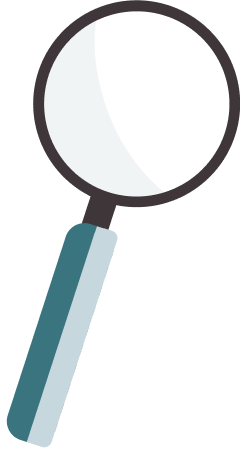 Create A New Collection
Create A New Collection
Collections are versatile, powerful and simple to create. From a customized course reader to an action-guide for an upcoming service-learning trip, collections illuminate themes, guide inquiry, and provide context for how people around the worls are responding to social challenges.
-
Name and describe your collection
-
Add Stories
-
Add external links at any time
-
Add to your collection over time and share!





